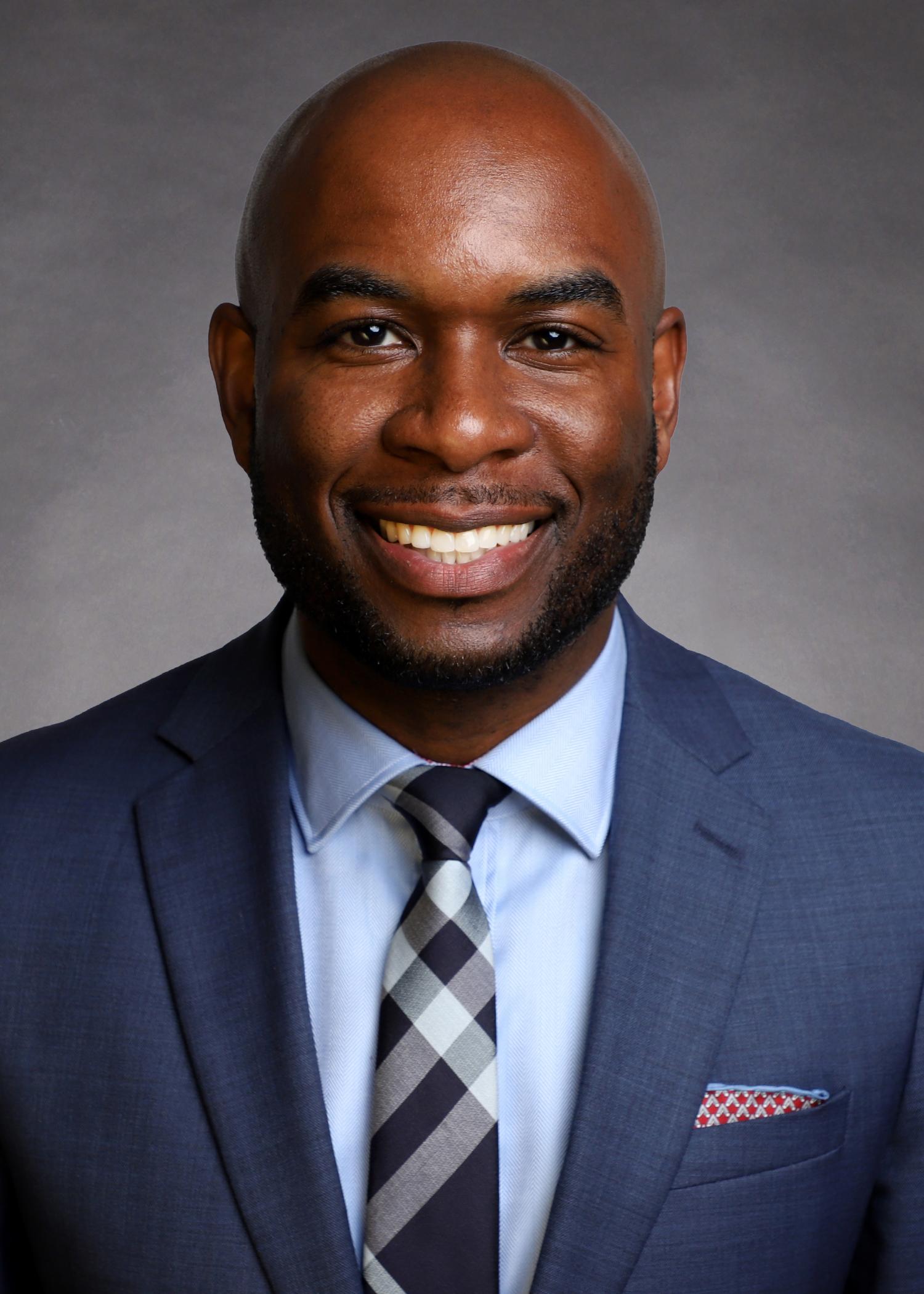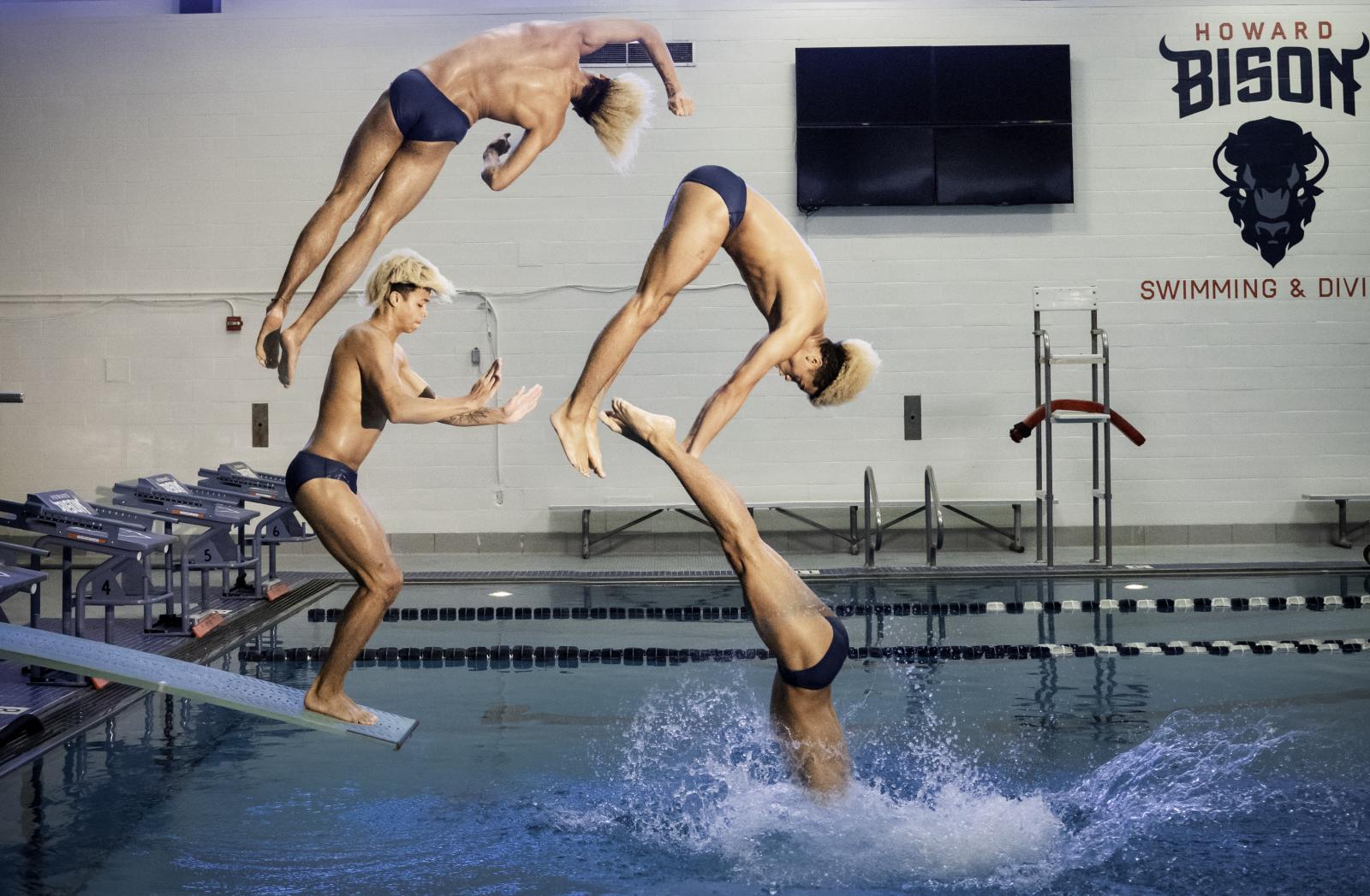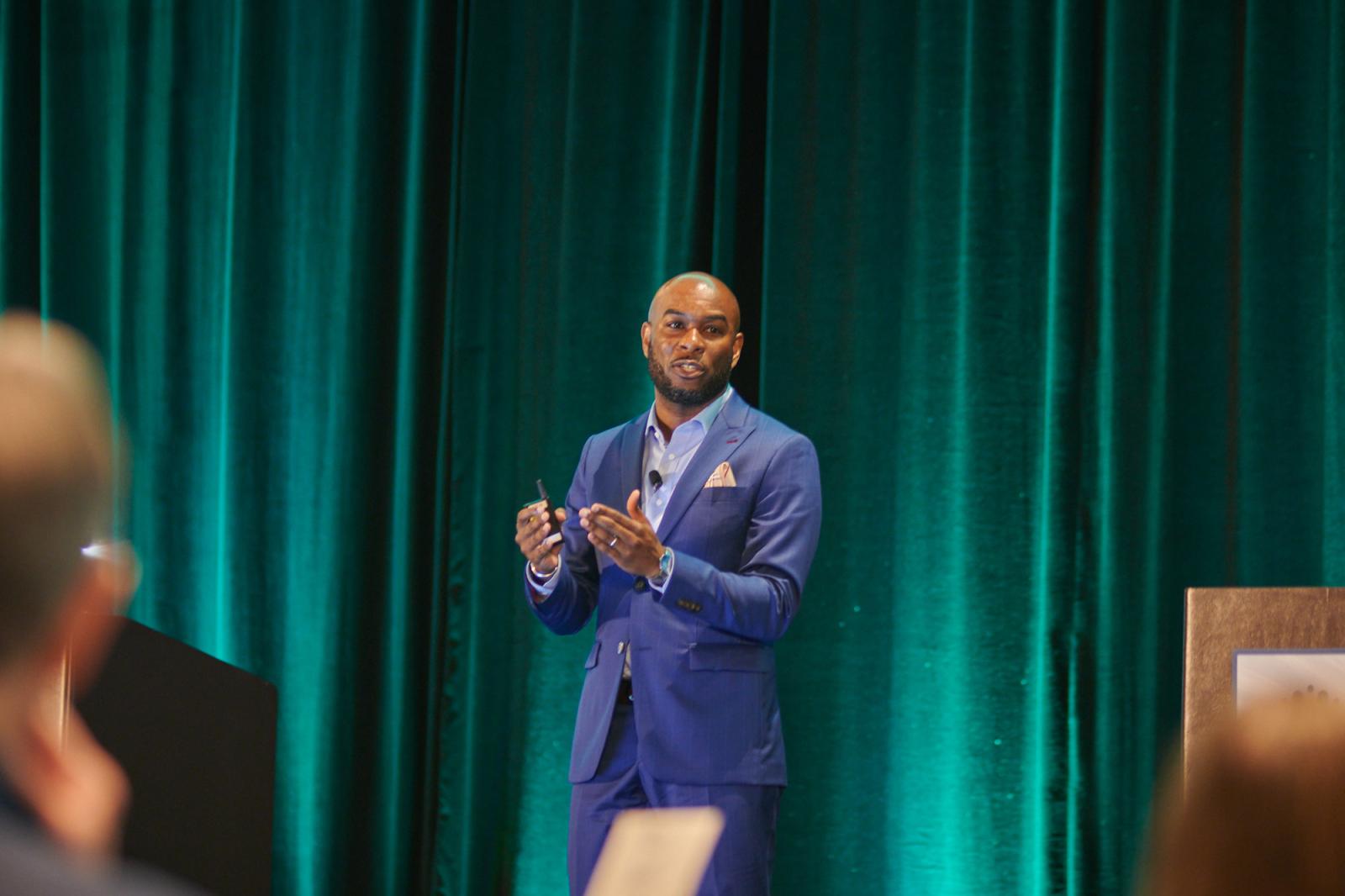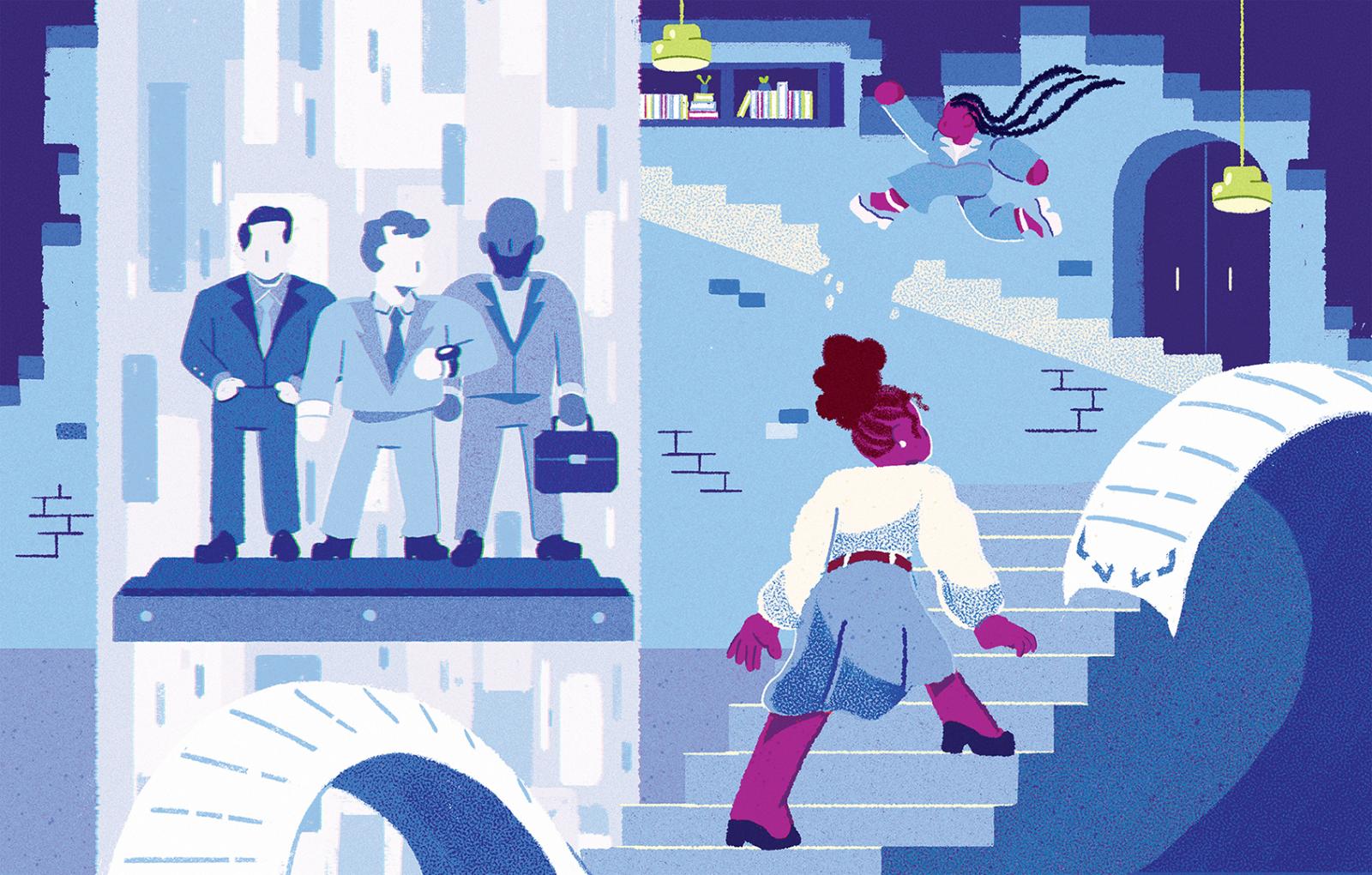In recent years, there has been a very public push for every employer to strengthen its commitment to diversity, equity and inclusion (DEI). More specifically, these efforts were focused, in large part, on increasing the number of Black people within its corporate ranks. There was an unprecedented emphasis on hiring and promoting Black individuals and success was measured by the number of employees who identified as Black.

It is now time to expand how we view successful DEI in the workplace. To be clear, we should continue to hire and promote Black professionals — without a doubt. We have to remember, though, that Black people are not monolithic. Employers must be ready to accept that there is diversity even within Blackness. This intersectionality should be the hallmark of any real DEI strategy.
For those of us who matriculated at Howard, we learned this lesson early. Our education was centered in blackness — Black history, the Black diaspora, and Black excellence. We learned that what makes our blackness so special is that it is intersectional — including our varied cultures, religions, languages, national origins, generations, genders, abilities, and more. The richness of Howard is how it brings together all of this diversity under the umbrella of Blackness while still celebrating the uniqueness of everyone. This allows us to explore our differences and simultaneously bond over our shared experiences.
Corporate America should take note of how Howard rejects the monolithic view of Blackness and instead seeks to assemble a symphony of Black identities with intersectionality at the lead. It is comfortable at Howard to express all of our overlapping identities and never have to shelve one in order to succeed. Our studies teach us that irrespective of our intersectional experiences, all of them are marked by power and privilege — how we use both of these benefits when available to us and how they are, in turn, weaponized against us in other instances. Although we each have been subjected to bias, discrimination, and microaggressions, our relative experiences are different because of our layered identity.
Corporate America should take note of how Howard rejects the monolithic view of blackness and instead seeks to assemble a symphony of Black identities with intersectionality at the lead.”
For example, a young Black man may face several stereotypes as he interviews for a job. Research shows that if he is hired, he will only make 87 cents for every dollar his white counterpart is paid. From this, it may seem as if he possesses no power or privilege, but his gender still yields higher results than his female counterparts. A young Black woman, who faces many of the same stereotypes as the Black man, and has the compounded stigma associated with gender, will ultimately have a wider pay gap than her Black male counterpart. She receives only 63 cents for every dollar her white counterpart is paid and is expected to perform at a higher level. This pay disparity exists solely because of a Black woman’s intersectional identity.
We have not closed these gaps because society chooses to ignore how intersectionality affects how people are treated. Equity audits reveal that those individuals who layer identities are oftentimes at a disadvantage—the same persons who are celebrated at Howard. Corporate culture needs to embrace these differences with intention instead of punishing them with bias and indifference, thereby creating a more equitable workforce.
The organization’s leadership has to shift the culture to make everyone feel valued.”
However, in order to create a more equitable workforce that promotes the intersectionality of Black people, companies need to progress on their quest for psychological safety. This occurs when the environment is so welcoming of a person’s full identity that the individual fears no retribution or negative consequence for being unapologetically intersectional. You can take the risk. You can take up more space. You can compete at the same level.
Fostering psychological safety is a proven method to truly advancing DEI in the workplace. It invites employee engagement and makes underrepresented people feel comfortable contributing. The organization’s leadership has to shift the culture to make everyone feel valued. Managers have to practice effective allyship and exhibit emotional intelligence. They must celebrate intellectual bravery and avoid micromanaging. Most importantly, they have to allow people to take up more space — by bringing their ethnic names, natural hair, religion, culture, and all other intersectional traits with them daily. This is the true definition of inclusion which promotes equity and results in increased diversity.
We are thankful for inclusive environments like Howard which taught us how to take up more space. It’s time for the world to follow suit in order for DEI to be successful.
Article ID: 1421





